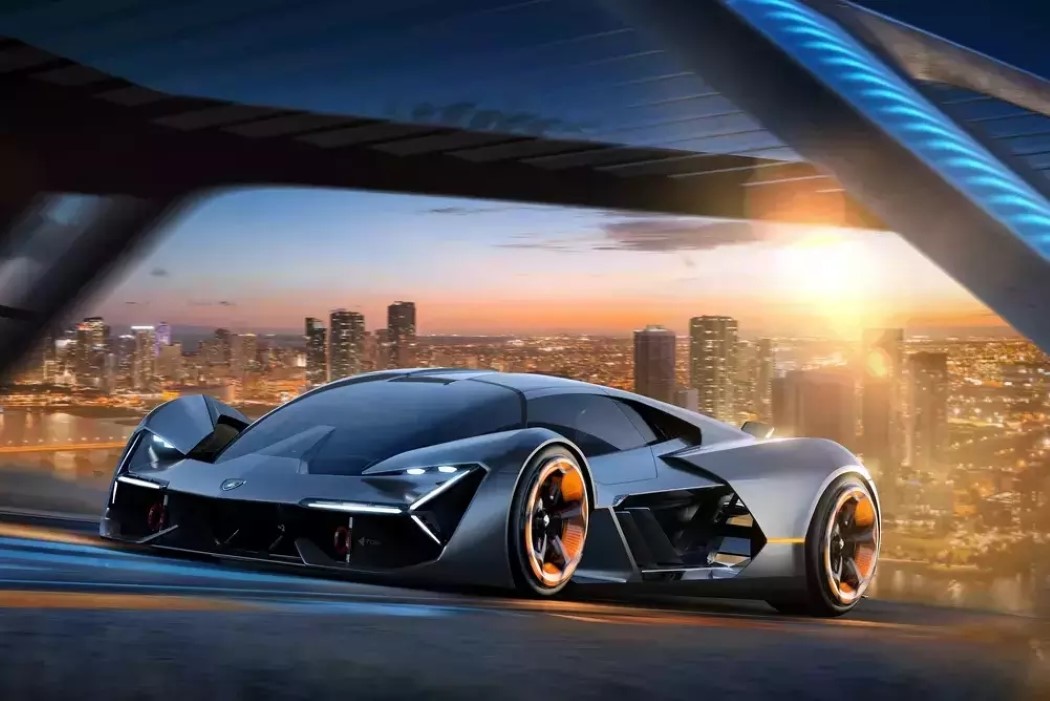The Terzo Millennio concept, although debuted last year, still remains an automobile worth drooling over. What’s not to love, with its highly overstated Lamborghini flavor, and the very fact that it’s Lamborghini’s first ever electric vehicle, ditching the V12 for a silent hyperdynamic electric system. However, the head of Lamborghini’s research and development department, Maurizio Reggiani, says that it isn’t anything like the EVs you see and hear about.
Reggiani’s opinion is that the present-day technology used in automobiles built by the likes of Tesla, Nissan, and Jaguar is not suitable to power a super sports car that meets Lamborghini’s wildly elevated standards. The main problems? The weight and the packaging of the battery pack. So, says Reggiani, the Lamborghini Terzo Millennio won’t have a battery pack. It’ll BE a battery pack!
Working alongside the best minds at MIT, Lamborghini has developed a ground-breaking method of storing energy in parts made of carbon-fiber, essentially turning the entire car’s body into a rechargeable battery of sorts. In fact, even the interiors like the seats, or the suspension, or any trim made of carbon fiber can be used to store energy. “Our cars must have a top speed superior to 186 mph, they must be able to run three full laps at full speed on the Nordschleife, and they must have state-of-the-art handling. You cannot do this with the current battery technology,” Reggiani explains. Most EVs have batteries the size of a queen-sized mattress resting beneath the car’s interiors, right between the axles. This solution works particularly well for crossovers and SUVs, but it doesn’t cut it for Lamborghini, since it creates package constraints and adds to the weight of the car. The new technology certainly works for Lamborghini as it allows the car’s body to serve as the battery, reducing one extremely heavy component, while also allowing existing parts to serve a dual purpose.
It’s still way too soon to expect this technology to find itself being used in automobiles. Maurizio Reggiani’s best bet is that if this research project works out well (over the next three years), add a few more years for industrialization and production and you could see Lamborghini’s ultra-futuristic technology and its first ever EV hit the road by 2030. While the car impresses us no doubt, it’s Lamborghini and MIT’s ground-breaking innovation that really is amazing. Beneficient not just for cars, you could also see this technology being used in consumer electronics. Imagine how thin phones and laptops will be if they’re made out of carbon-fiber bodies that serve as batteries?!
Designers: Lamborghini & MIT (Massachusetts Institute of Technology)

Click here for YD’s top car designs from 2018.